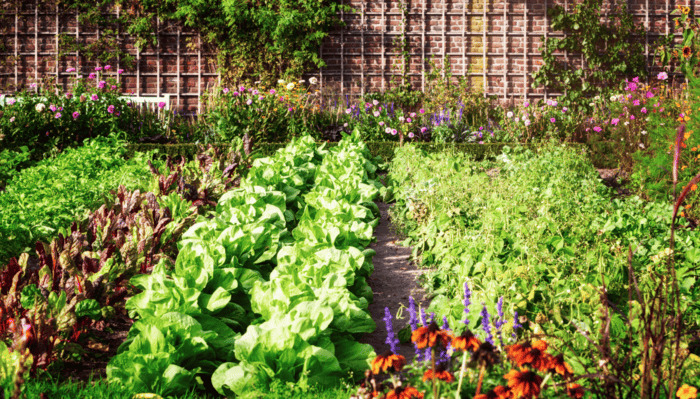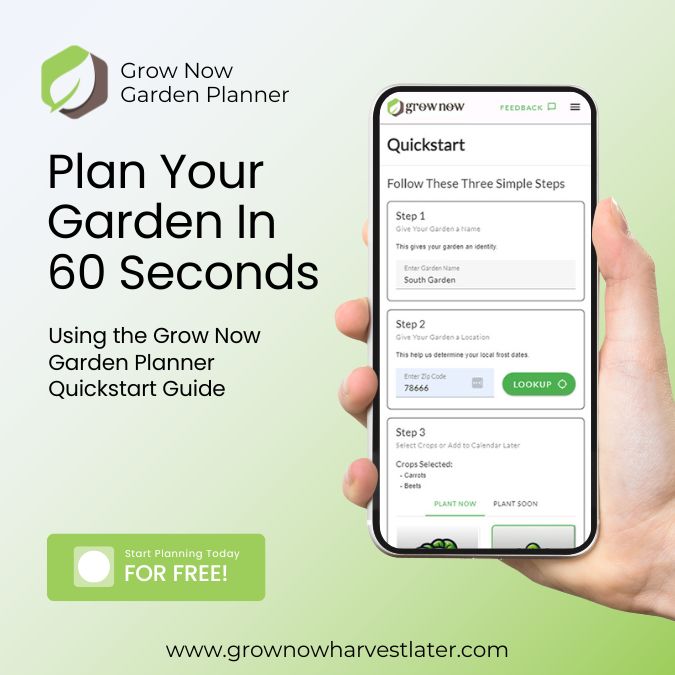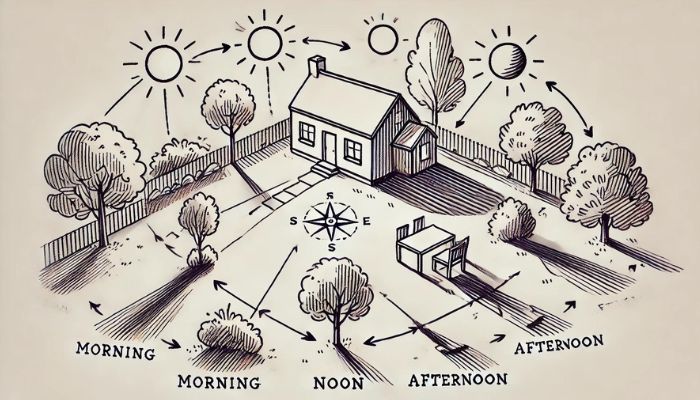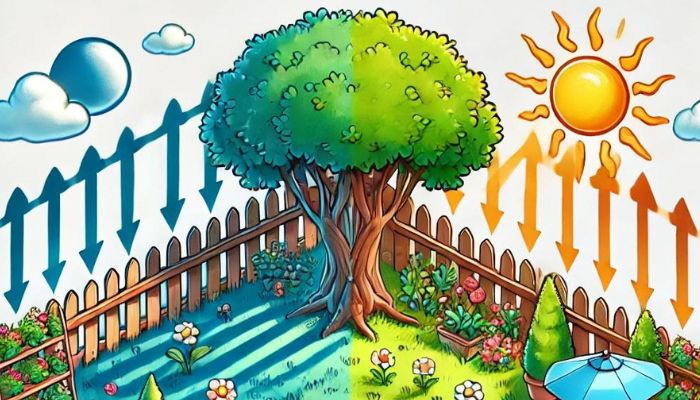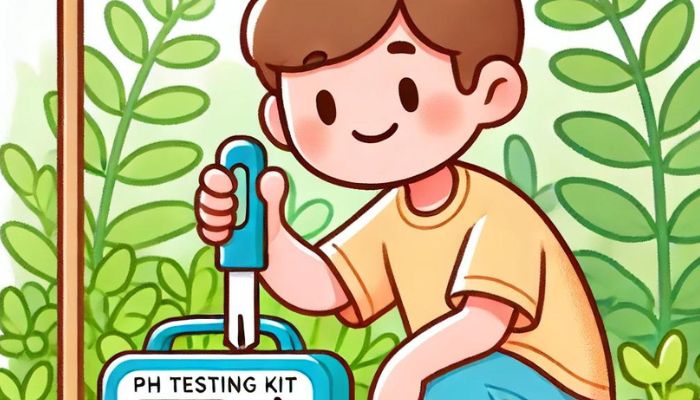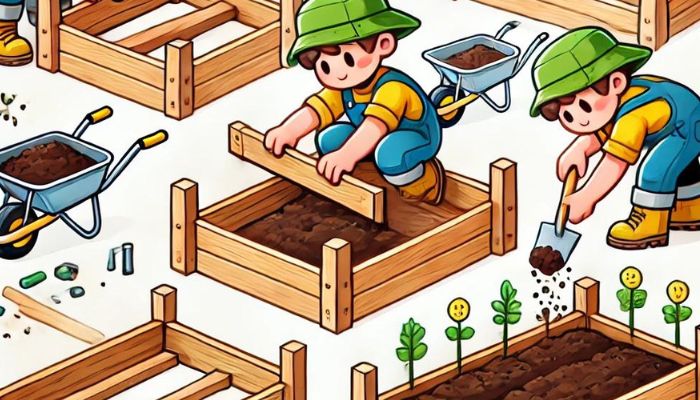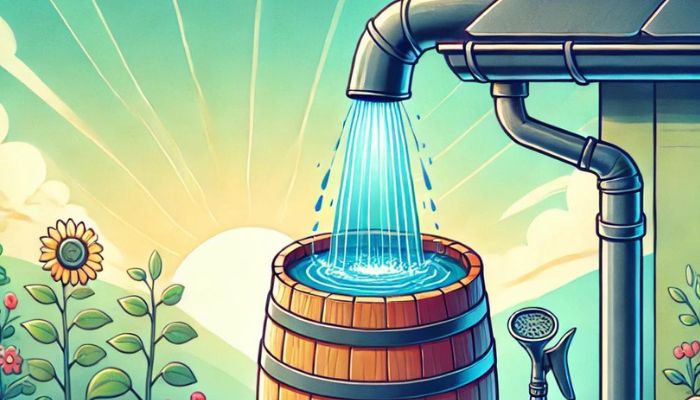
Brandon Franklin
Howdy! My name is Brandon, but my boys call me BFrank. I was born and raised in South Florida. Years ago I discovered gardening because I wanted to have more control over the food my family consumed at home and reduce our reliability on the supermarket. @ Meet the Gardener
 Grow Now : Harvest Later
Grow Now : Harvest Later